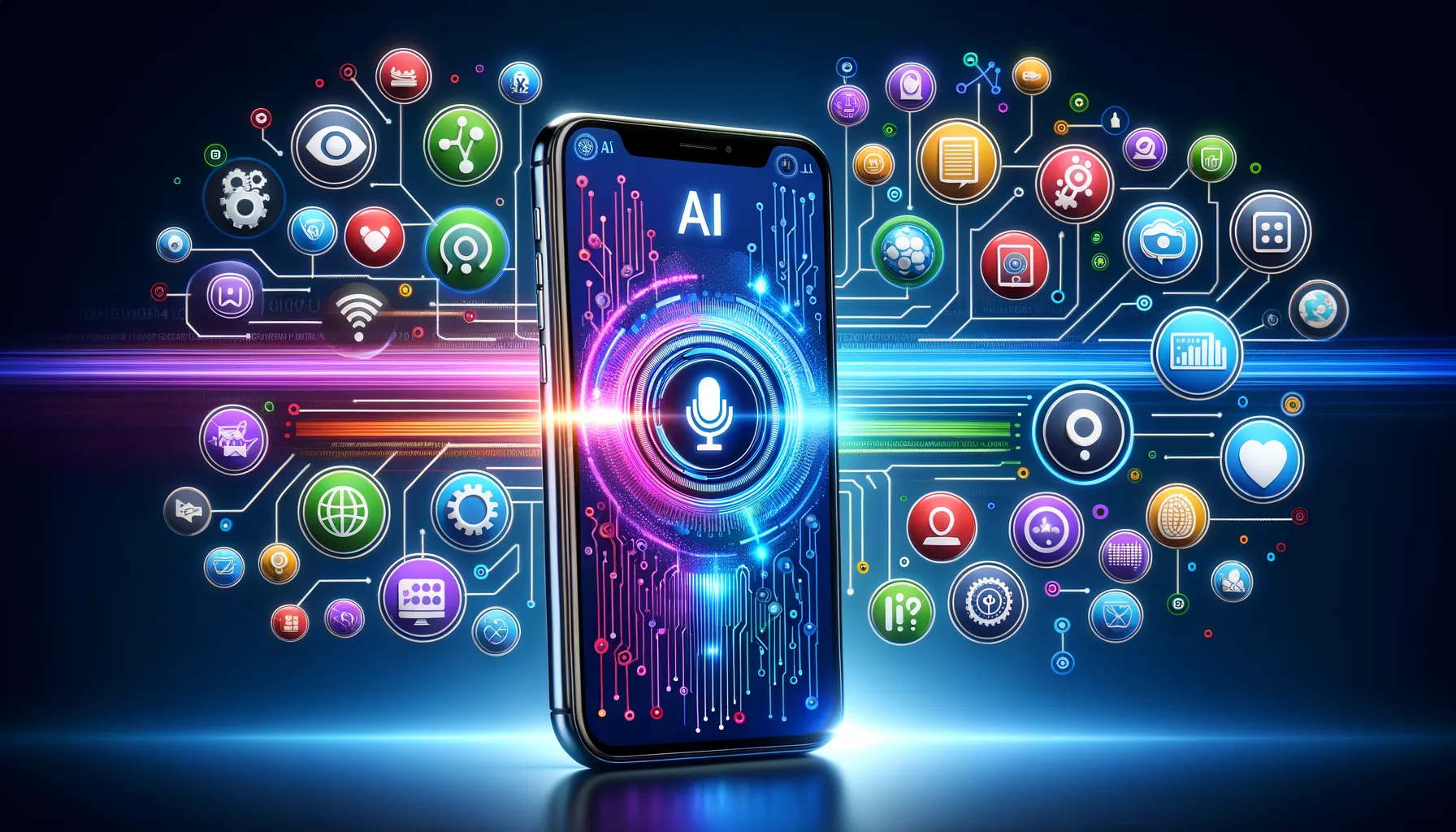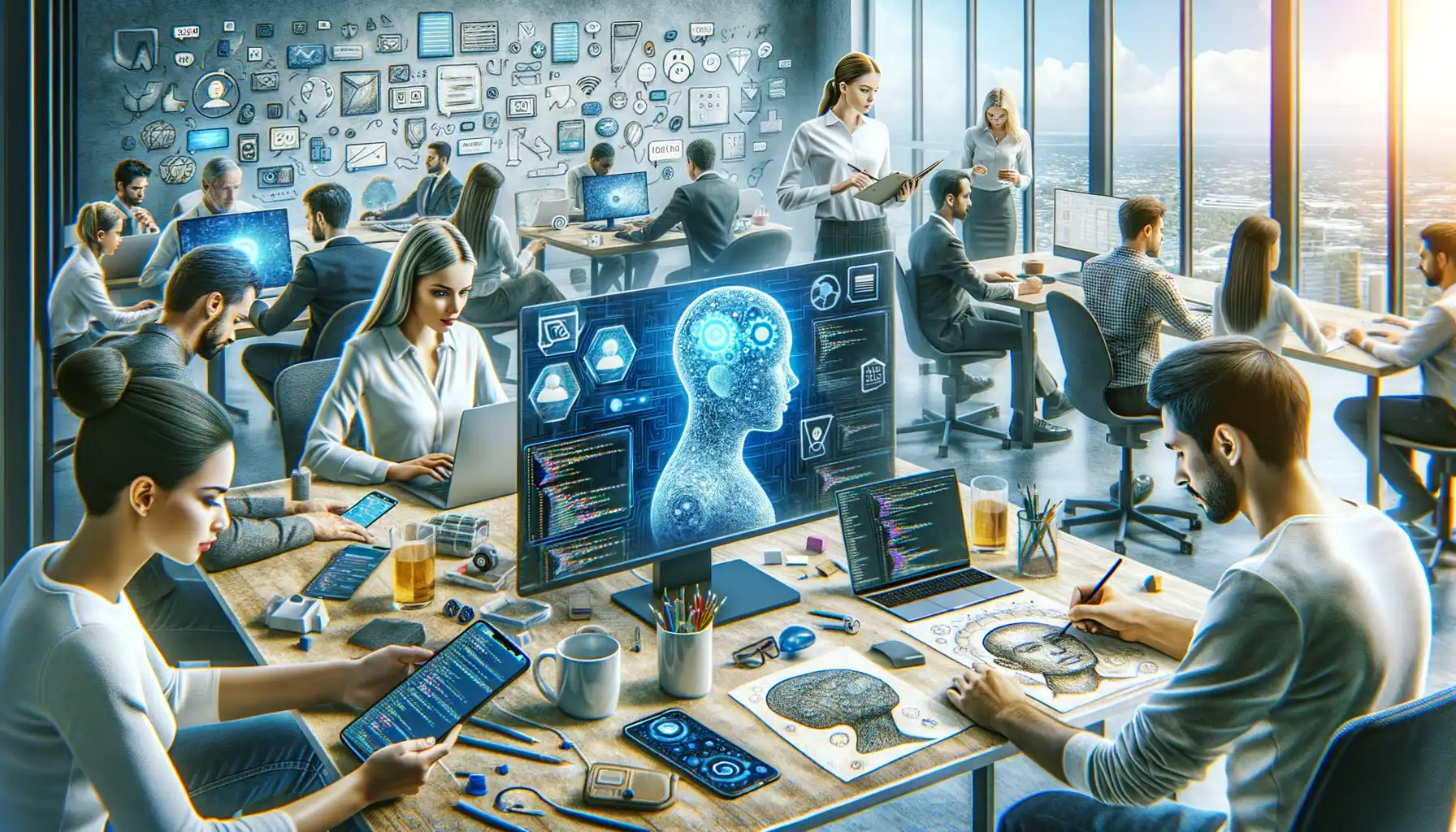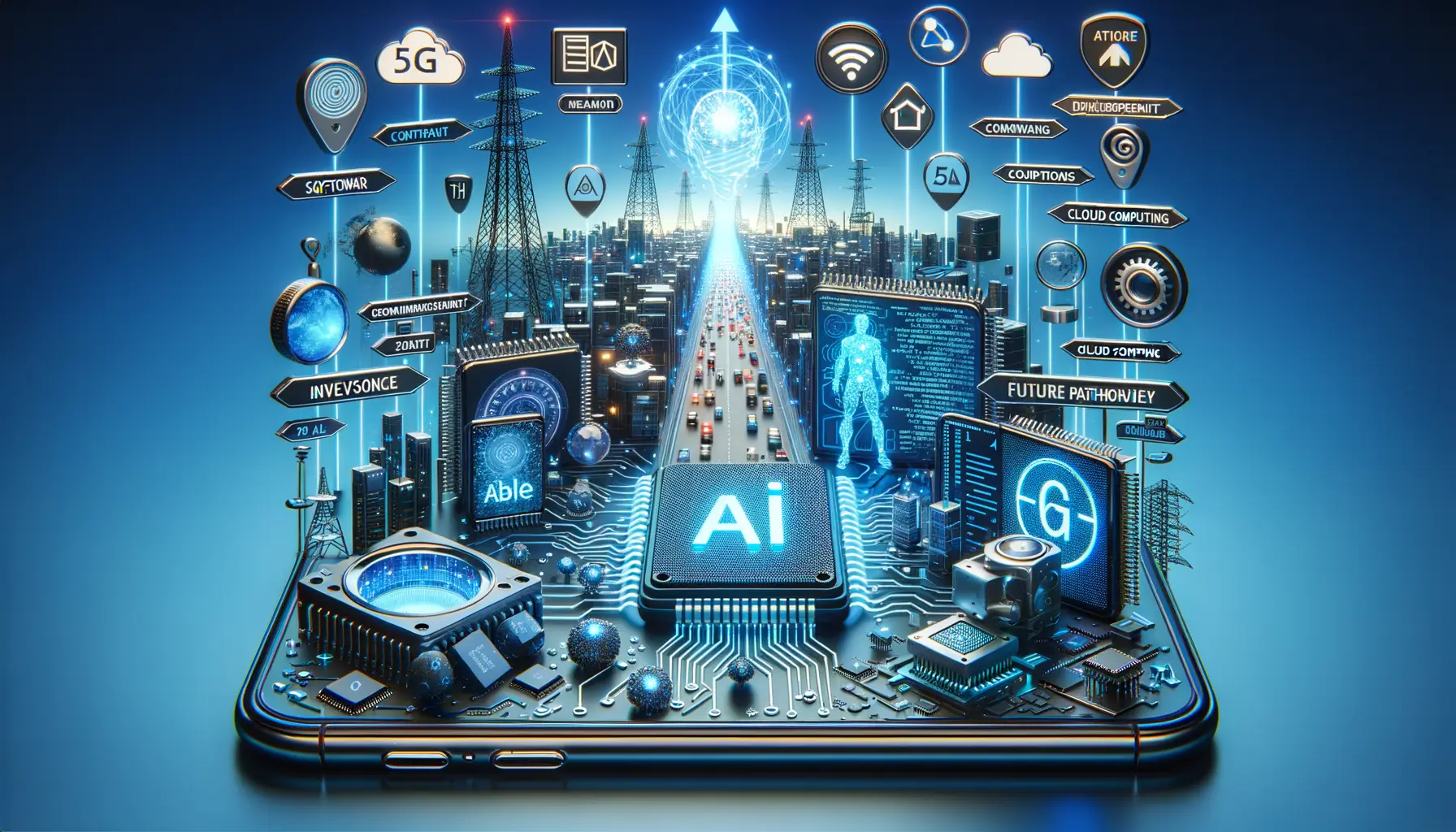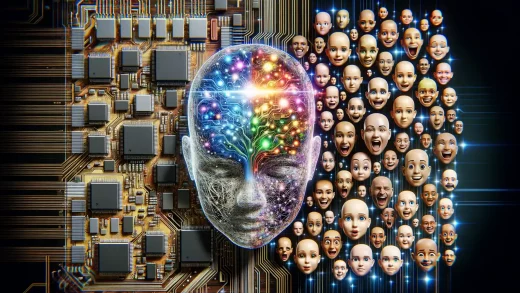Understanding the Role of AI in Mobile App Development
How AI Breathes Life into Modern Mobile Apps
Imagine opening an app that feels like it’s been designed just for you—anticipating your needs, understanding your preferences, and responding with precision. This is the magic of AI in mobile app development. It’s not just a buzzword; it’s the silent engine driving some of the most intuitive digital experiences around.
At its core, AI brings a brain to the app. It learns, adapts, and evolves based on user behavior. Take recommendation engines, for instance: who doesn’t love when Spotify lines up songs you didn’t even know you needed? Or how AI-powered chatbots answer customer questions with the right blend of speed and sensitivity?
- Natural language processing (NLP): Apps like Duolingo use this to make conversations flow effortlessly.
- Computer vision: Think Instagram filters that turn everyday photos into masterpiece-worthy snapshots.
- Predictive analytics: Your weather app likely leverages this to tell you if it’s coat-worthy out there.
The beauty? AI works quietly in the background, almost like a thoughtful partner, making apps smarter, faster, and utterly engaging. It transforms basic mobile apps into something memorable, personal—like they’ve been built with *you* in mind.
Key AI Technologies Shaping Mobile Applications

The Brains Behind Intelligent Apps
Have you ever opened a mobile app and thought, “Wow, it’s like this app knows me”? That’s the magic of key AI technologies working behind the scenes. From helping you find the perfect playlist to recommending your next meal delivery, these tools turn apps into intuitive, almost human-like companions.
Let’s talk about a few you’ve probably already encountered:
- Natural Language Processing (NLP): This is why your voice assistant nails those tricky accents or why your favorite chat apps can suggest smarter replies.
- Machine Learning (ML): Think Netflix suggesting binge-worthy delights based on your past obsessions or Duolingo tailoring lessons to your learning curve.
- Computer Vision: Apps like Snapchat and Instagram come alive with filters that map perfectly to your face—thank AI for that uncanny precision!
- Predictive Analytics: From weather apps predicting storms to eCommerce platforms guessing your next purchase, this tech reads patterns like a crystal ball.
Real-Time Brilliance: How AI Adapts on the Go
What truly sets today’s mobile apps apart is their ability to think in the moment. Take ride-hailing apps as an example. Ever notice how they predict your ETA with surprising accuracy? That’s AI-powered algorithms crunching real-time traffic data, rerouting when needed, and constantly improving.
And let’s not forget personalized fitness apps. They don’t just count steps or calories—they learn how active (or lazy) you are over time and offer tailored workouts. If that’s not tech acting like your personal trainer, I don’t know what is!
These AI technologies aren’t just cool—they’re making our apps smarter, faster, and more personalized than ever.
Practical Applications of AI in Mobile App Development

AI-Powered Personalization: Making Apps Truly Yours
Imagine opening an app that feels like it *knows* you—your preferences, your habits, even the little quirks that make you…well, *you*. That’s exactly what AI brings to mobile apps through personalization. Platforms like Spotify or Netflix use AI algorithms to analyze your activity and recommend playlists or shows tailored just for you. It’s like having your own digital concierge who anticipates your needs before you even realize them.
AI also transforms shopping apps into virtual stylists. For instance, e-commerce platforms now use AI-powered recommendation engines that suggest products based on what you’ve browsed, purchased, or even paused on for a second too long. The result? Less scrolling, more finding!
- Fitness apps adapt workouts based on your daily progress.
- Language learning apps adjust difficulty levels to match your pace.
- Travel apps provide destination ideas based on past trips and preferences.
Personalization is no longer a luxury; it’s the heartbeat of user engagement.
Boosting UX with AI-Driven Features
Let’s talk about delightful, jaw-dropping convenience. With AI, apps are leveling up their user experience game in ways that feel like pure magic. Take virtual assistants like Siri or Google Assistant—they’re not just voice bots; they’re your pocket-sized problem solvers.
Or think about camera apps. They now integrate AI-driven photo enhancements that auto-adjust lighting, correct imperfections, and even suggest creative filters—all in real-time. Then there’s predictive text in messaging apps, powered by Natural Language Processing (NLP). It’s eerily accurate, finishing your sentences or recommending replies as if it’s reading your mind (don’t worry, it’s not…probably).
AI doesn’t just make apps smarter; it makes them indispensable.
Challenges and Limitations of Integrating AI in Apps

When AI Hits a Snag: The Real-World Struggles
Let’s not sugarcoat it—building apps with AI integration comes with its own set of hurdles. It’s like trying to teach a robot to dance: exciting, challenging, and occasionally something trips and falls.
One big hiccup? Data dependency. AI thrives on data like plants thrive on sunlight. But what happens when your app doesn’t have access to high-quality, diverse datasets? Your AI might end up biased, unreliable, or—worse—completely clueless. Imagine a fitness app that fails to understand users outside a specific demographic. Frustrating, right?
Another headache is the balancing act between AI’s horsepower and mobile device limitations. Let’s be real—nobody wants an app that drains their battery faster than a video call. Developers are constantly juggling computational efficiency with performance demands, and sometimes sacrifices have to be made.
While AI-powered apps are groundbreaking, every great innovation brings its own baggage. And let’s just say, AI’s suitcase is packed pretty tight.
Future Trends and Innovations in AI for Mobile Development

AI-Powered Personalization: A New Era for Mobile Apps
Imagine opening your favorite app and it feels like it’s been designed *just for you*. That’s the future we’re hurtling toward, and it’s powered by advanced AI. From real-time behavioral insights to predictive algorithms, apps are becoming smarter than ever. Soon, we’ll see AI-driven personalization that doesn’t just recommend your next movie or song—it anticipates what you *need* before even you do. Forgot to book a ride? Your app might ask if you’d like an Uber based on your upcoming calendar appointment and past habits.
We’re also diving deep into contextual understanding. AI will analyze location, weather, mood (yes, mood), and time to deliver hyper-relevant features. Imagine not digging through menus in a fitness app; instead, it suggests a mid-morning yoga session because it knows you’ve been sitting all morning.
- Emotional AI: Apps that interpret voice or facial expressions to adapt interactions.
- Edge AI: Smarter on-device processing that allows apps to perform faster—even offline.
The real surprise? These advancements won’t just improve user experience—they’ll keep us coming back for more, transforming apps into indispensable companions in our daily lives.
Human-AI Collaboration: Redefining App Development Itself
AI isn’t just shaping apps; it’s reshaping **how they’re built**, too. Developers are stepping into partnerships with *machine learning models* like co-engineers guiding them along the way. Tools powered by generative AI, such as OpenAI’s Codex or Google Bard, help write code, troubleshoot bugs, and even suggest new app features.
But here’s where things get thrilling: AI isn’t limited to being the assistant—it’s becoming the innovator. Picture this: an AI that prototypes a brand-new app concept by analyzing market gaps, delivering not just code but killer ideas. For solo developers and startups, this means launching a polished app could take weeks instead of months.
AI will forever evolve mobile apps, offering not just convenience but an entirely different creative energy. We’re not heading into the future—we’re building it, bit by AI-bit.



